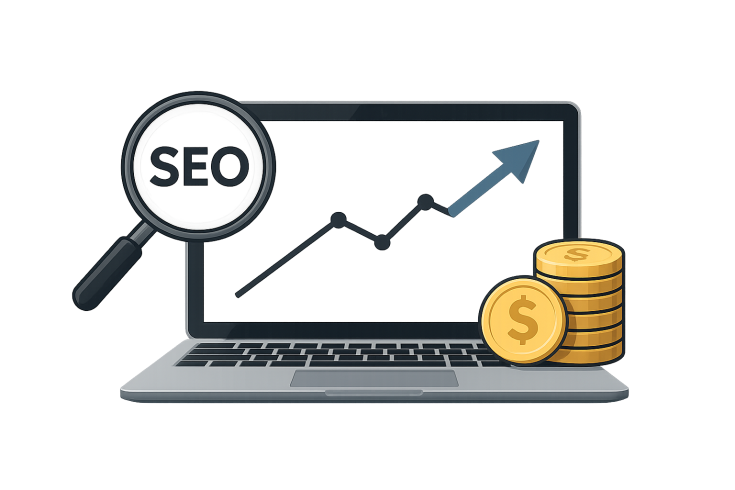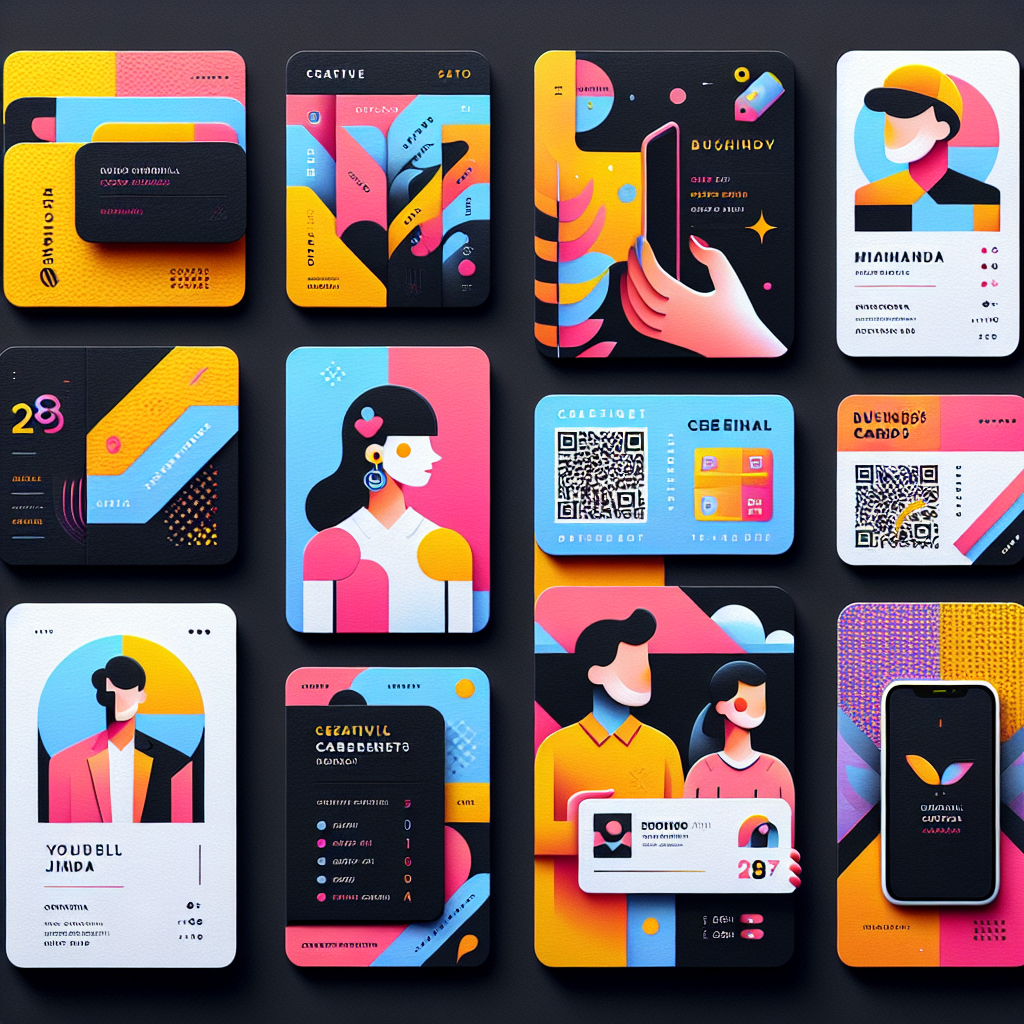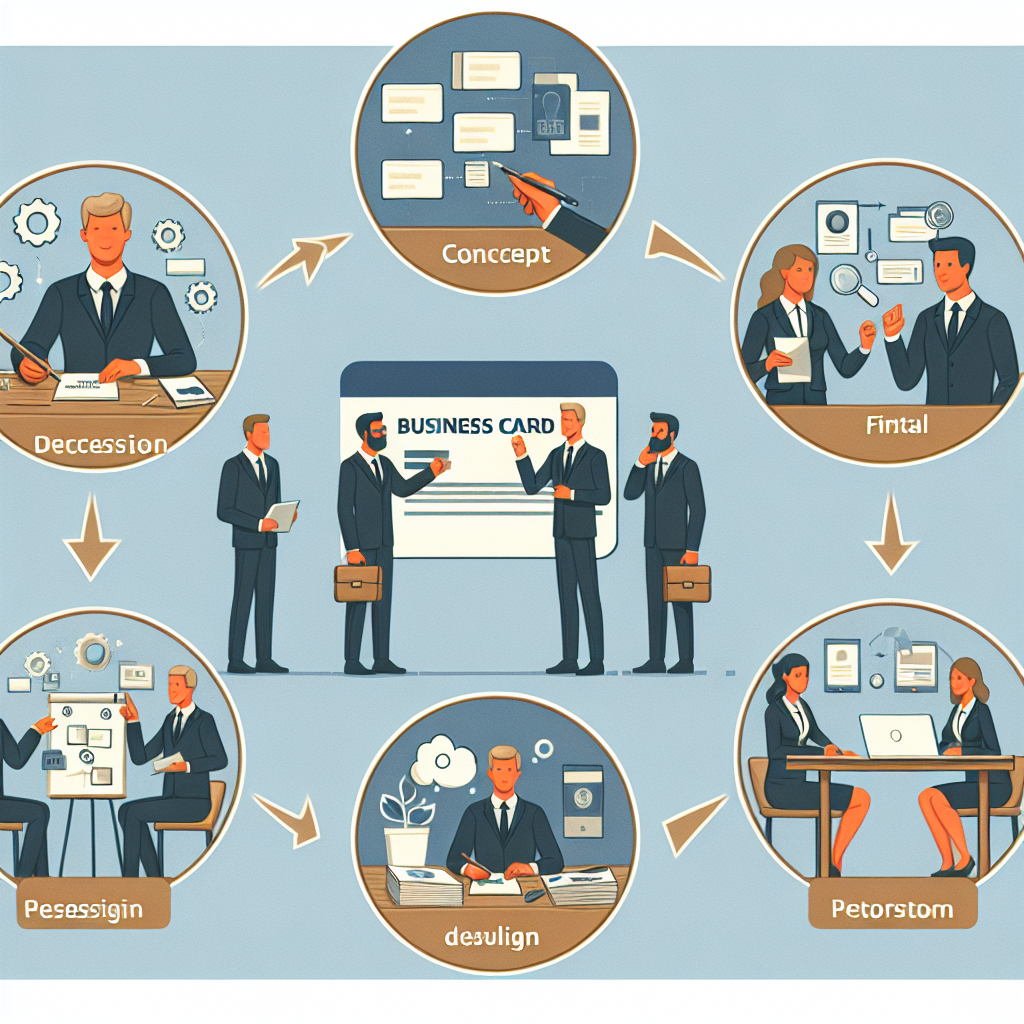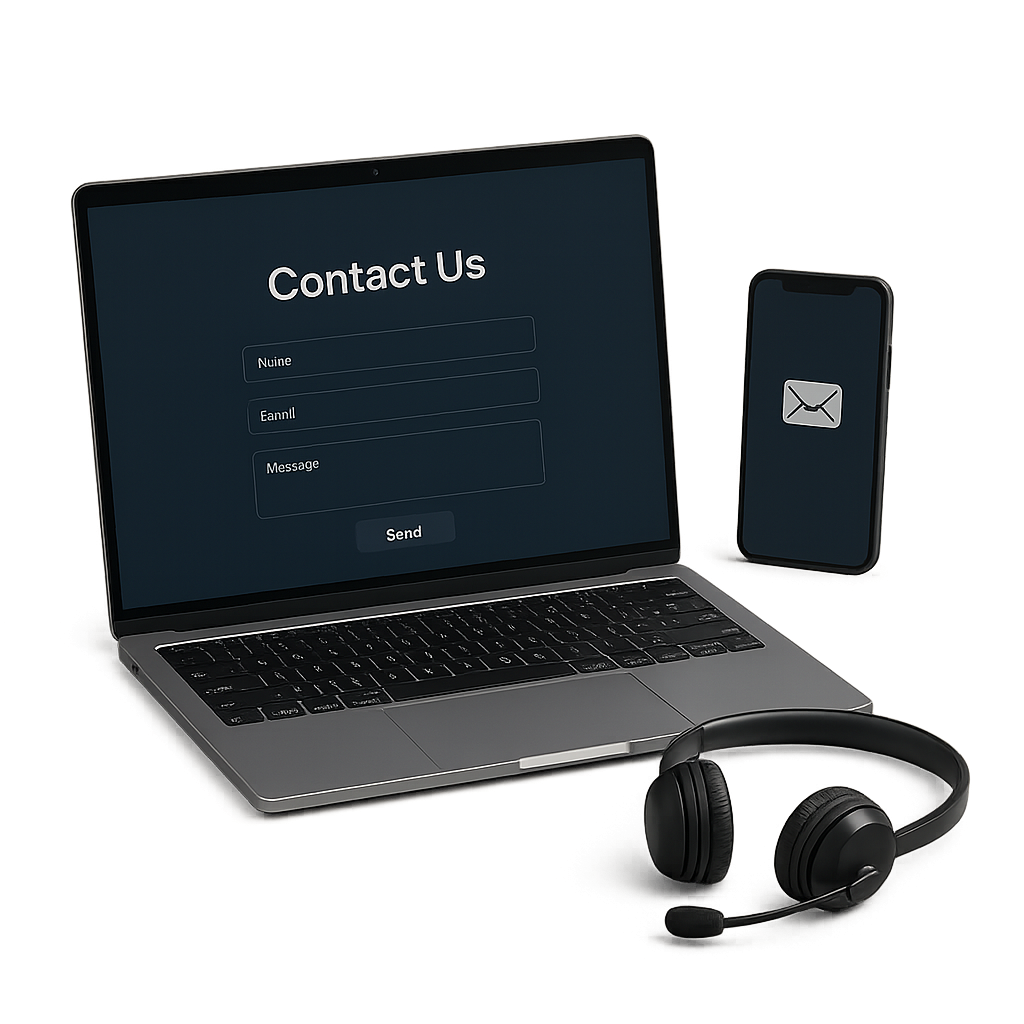Transform Your Brand with Professional Business Card Designs and Layouts

What Are the Key Steps in Creating Business Card Design That Captivates Your Audience?

When it comes to creating business card design, the magic lies in the details. Whether you’re a savvy entrepreneur, a bustling freelancer, or someone just stepping into the professional world, your business card is often your first impression. So, how do you make sure your card stands out? Here are the key steps to creating a captivating design that resonates with your audience.
1. Define Your Objective
Before diving into developing a business card layout, it’s essential to clarify what you want to achieve. Are you looking to highlight your personal brand, promote your business, or simply provide your contact information? Defining your objective will guide your design choices. For instance:
- ⭐⭐ If you’re a financial advisor, you may opt for a conservative, sophisticated design.
- ⭐ On the other hand, if you’re a graphic designer, something more creative and bold might fit.
2. Choose the Right Size and Shape
Standard business cards are typically 85 x 55 mm, but why conform to the norm? Custom shapes can make your card contagious! Just ensure it fits in a wallet. Statistics show that unique card sizes can increase retention rates by up to 75% among potential clients.
3. Pick a Color Palette
Your colors should align with your brand identity. Consider this:
- ⭐ Professional industries often favor blues and greys.
- ⭐ Creative sectors might go for vibrant hues.
Learning about color psychology can enhance the emotional impact of your design. A well-thought-out palette can keep your business card visually engaging and memorable.
4. Select Fonts Wisely
Typography is a major player in designing business cards. It needs to be readable, especially if your card includes important details like your name and phone number. Use contrasting font sizes to prioritize information, ensuring recipients can easily scan your details.
5. Include Essential Information
Your card should be informative but not cluttered. Key elements to include:
- ⭐ Your name and title
- ⭐ Phone number
- ⭐ Email address
- ⭐ Website URL
- ⭐ Company logo
Make sure that the font size is legible. All information should be accurate—83% of people say they lose interest in a business if they can’t easily read the information on the business card.
6. Add Visual Elements
Images or logos can elevate your design but should be used sparingly. Think about adding:
- ⭐ A logo that encapsulates your brand.
- ⭐ A background image that reflects what you do.
7. Go for Quality Printing
Investing in quality materials can increase the longevity and aesthetic appeal of your card. A thick cardstock can make the card feel more substantial, while a matte or gloss finish can enhance its look. Remember, poor print quality will deter people from seeing your card as professional!
8. Get Feedback
Before finalizing your design, share it with a few trusted friends or colleagues. Their insights can provide a fresh perspective that you might have overlooked. They can help you identify any potential misunderstanding of the information you want to convey, plus 71% of people say feedback leads to improved designs.
9. Track Your Success
Once your card is out in the wild, track how effective it is. You might choose to include a QR code that leads people to a digital portfolio or website. This can help you see the impact of your business cards and adjust accordingly for future designs.
10. Connect with Us!
Feeling inspired to take your business card to the next level? Our team of professional specialists at zenvello.com can assist you in every step of the developing business card layout process. With over 20 years of experience, we guarantee high-quality service tailored to your unique needs.
Don’t wait! ⭐ Call Arsenii today at [email protected] or visit our website zenvello.com">zenvello.com to get started!
| Step | Description | Statistic |
| 1 | Define your objective | Clear objectives enhance design focus |
| 2 | Choose size and shape | Unique sizes retained by 75% |
| 3 | Pick a color palette | Colors affect emotional responses |
| 4 | Select fonts | 83% lose interest due to unreadable fonts |
| 5 | Include essential information | Clear info leads to engagement |
| 6 | Add visuals | Enhances brand representation |
| 7 | Go for quality printing | High-quality print leads to professionalism |
| 8 | Get feedback | 71% report improved designs through feedback |
| 9 | Track success | Analytics enhance future designs |
| 10 | Connect with us | Professional help available |
Frequently Asked Questions
- What elements are essential in a business card design? Include your name, contact details, and logo.
- What size should my business card be? The standard size is 85 x 55 mm, but feel free to go custom.
- How do colors affect my design? Colors can evoke emotions and should align with your brand.
- Is typography important in business card design? Yes, readable fonts can make or break your card’s effectiveness.
- What paper quality should I use? Invest in thick cardstock for a more professional feel.
- Can I use images on my business card? Yes, but use them sparingly to avoid clutter.
- How do I track the success of my card? Consider including a unique QR code linking to your portfolio.
- Should I get feedback on my design? Absolutely! Feedback can help refine your card.
- How often should I redesign my business card? Reassess your design if your branding changes or every few years to stay current.
- Can you help me design my business card? Yes! Contact us at [email protected] for professional assistance.
How Developing a Business Card Layout Can Enhance Your Brands First Impression?

Your business card is often the first point of contact with potential clients or partners, making developing a business card layout an essential aspect of your brand strategy. This small, folded piece of cardstock carries your brand identity and values, making it crucial to get it right. So, how can a well-devised layout transform first impressions? Let’s break it down.
1. Establishing Professionalism
A thoughtfully designed business card speaks volumes about your professionalism. When clients receive a well-structured card, it conveys that you care about quality and detail. For instance:
- ⭐ A graphic designer with a sleek, creative card establishes credibility immediately.
- ⭐⚕️ A doctor who hands out a clear, minimalist card reflects trust and authority.
Research indicates that 72% of people judge a company based on its business card design. Make sure yours is memorable for the right reasons!
2. Key Information Hierarchy
One of the essential aspects of designing business cards is ensuring a solid information hierarchy. You want your name and primary contact detail to stand out. A well-thought-out layout can help achieve this. Consider using:
- ⭐ Larger fonts for your name
- ⭐ Bold text for your phone number
- ⭐ Smaller, yet legible font for your website
This not only improves readability but also enhances retention. Studies show that information that is easy to scan is more likely to be remembered and acted upon. Make it effortless for potential clients to navigate your details.
3. Visual Appeal and Branding
Your business card layout should reflect your brand’s personality. Whether you lean towards minimalism, colorful enthusiasm, or eclectic creativity—align your card with your overall brand aesthetic. Your color palette, font choice, and even the paper quality can substantiate your business essence. For example:
- ⭐ If youre in the arts, bold colors and creative layouts might suit you.
- ⭐ If you’re in finance, sticking to classic colors and clean lines may be more appropriate.
Creating a visual connection can enhance brand recognition, with 60% of consumers stating they prefer engaging with brands that exhibit a clear visual identity.
4. Stand Out in Networking Opportunities
Networking events can be bustling with peers and competitors. A unique and captivating layout can help your card stand out from the crowd. Consider adding distinctive elements such as:
- ⭐ Embossed logos
- ⭐ Unusual shapes
- ⭐ Interesting textures
Statistics suggest that unique business cards are remembered 10 times longer than traditional ones. Dont just blend in; create something your prospects can’t forget!
5. Create an Emotional Connection
Design can also evoke emotions. A well-thought-out card can resonate with your target audience’s feelings. Incorporating storytelling elements in your layout reinforces your brand’s mission and values. For instance:
- ⭐ A card that illustrates your commitment to sustainability will appeal to eco-conscious clients.
- ⭐ Including a tagline that speaks to your audience can foster trust.
In fact, 61% of consumers are more likely to engage with brands that appeal to their personal values. Allow your business card to be the bridge that connects your brands story with potential clients.
6. Call to Action
Finally, don’t forget to include a compelling call to action (CTA) on your business card layout. This could be as simple as “Visit our website for a free consultation” or “Follow us on social media.” A straightforward CTA encourages recipients to take the next step and engage with your brand.
At zenvello.com, we understand the significance of a well-designed business card. The right layout can make all the difference in how your brand is perceived. With our 20 years of experience and a team of professional specialists, we are here to help you develop your business card design that wins hearts and grabs attention!
So why wait? Call Arsenii today at [email protected] or visit zenvello.com">zenvello.com to learn more about how we can elevate your brands first impression!
Frequently Asked Questions
- What is the ideal size for a business card? The standard size is 85 x 55 mm, but you can choose custom sizes.
- How can design affect my brands image? Good design communicates professionalism and builds credibility.
- What information should I include in my business card? Your name, title, contact number, email, and website are essentials.
- How important is the choice of colors? Colors evoke emotions and should align with your brand identity.
- Should I use a logo on my business card? Yes, a logo reinforces brand recognition.
- How can I ensure my card stands out? Use unique layouts, colors, and textures.
- What is a call to action? A message encouraging recipients to take action, like visiting your website.
- Can I incorporate a personal touch in my business card? Absolutely! Personal stories or testimonials can create a strong connection.
- How is a business card used in networking? It serves as a physical reminder of your encounter and helps facilitate future communication.
- Can your company help me design my business card? Yes! Contact us for professional services tailored to your needs.
Why Designing Business Cards with Current Trends Boosts Networking Opportunities?

In a world that’s constantly evolving, staying ahead of trends is essential—especially when it comes to designing business cards. Utilizing current design trends can significantly enhance your networking opportunities. But how does this work? Let’s dive into the reasons why keeping your cards fashionable can be a game-changer.
1. First Impressions Matter
When you meet someone new, your business card is often the first tangible symbol of your brand they encounter. A card that reflects contemporary design trends projects forward-thinking professionalism. It tells contacts that you are in touch with the latest developments in your industry. For example:
- ⭐ A minimalist design might convey sophistication and clarity.
- ⭐ A vibrant card can showcase your creative flair if you work in a dynamic field like marketing or design.
In fact, studies suggest that 93% of people form their first impression based on visual appearance, and 85% say that color is a significant factor in their decisions. Making sure your card looks modern and fresh can leave a lasting impact.
2. Reflecting Your Brand’s Evolution
Businesses evolve, and so do branding strategies. Incorporating current design trends into your business card shows that your brand is also growing. It demonstrates your willingness to stay relevant and adapt. Think of:
- ⭐ Incorporating sustainable materials if youre focusing on eco-friendliness.
- ⭐ Using digital elements, such as QR codes, to lead prospects to your online portfolio or website.
This adaptability will resonate with potential clients, including the 57% of consumers who are more willing to support brands that they perceive as socially responsible.
3. Enhancing Memorability
A unique, on-trend business card can make you memorable in a sea of traditional designs. Consider trends like:
- ⭐ Organic shapes that mimic nature.
- ⭐ Textured finishes that create a tactile experience.
These features can help your card stand out in someones wallet or on a desk cluttered with ordinary cards. Research shows that cards with unique designs are remembered 25 times more than standard designs.
4. Creating Connection Through Design Elements
People connect with story and emotion. Current design trends often lean towards storytelling, whether through imagery, layout, or color choices. Your card can convey your brands narrative effectively if it incorporates trendy elements. Examples include:
- ⭐ Using imagery that aligns with your brand story.
- ⭐ Incorporating a tagline that reflects your mission, making it relatable to your audience.
By telling your story visually, you’re more likely to forge connections and make your card memorable. According to a study, emotional connections to brands drive customer loyalty, and your card can be the first step in establishing this bond.
5. Making Networking Easier
In this digital age, facilitating easy connections is vital. A current design, perhaps integrating a QR code or an NFC chip, can simplify this task significantly. This allows recipients to directly link to your:
- ⭐ Website
- ⭐ Social media platforms
- ⭐ Email contact
This seamless transition from physical to digital can lead to earlier engagements and discussions, boosting networking opportunities. 95% of people are likely to re-engage with brands they found easily; therefore, convenience plays a critical role.
6. Differentiating Yourself from Competitors
The business landscape is competitive, and your card is often the first touchpoint. Designing it with current trends helps to differentiate your brand. Consider how:
- ⭐ Seasonal designs can show you’re in tune with your market.
- ⭐ A hybrid of digital and physical elements signals a modern approach to business.
By staying relevant, you enhance your chances of being recognized and remembered over others in a networking context, as 74% of people say they judge a brand’s originality by its design.
7. Call to Action: Get Trendy with Us!
Ready to enhance your networking through a modern business card? Our team at zenvello.com specializes in developing business card layouts that align with current trends and project professionalism. With over 20 years of experience, we can help you create a card that not only looks good but also opens doors.
Call Arsenii today at [email protected] or visit us at zenvello.com">zenvello.com to learn how we can elevate your networking game!
Frequently Asked Questions
- Why should I keep my business card design current? Trends help create a memorable first impression and enhance your brand relevance.
- What modern design elements should I include? Consider using textures, organic shapes, and personalized imagery.
- How do trends influence brand perception? Modern designs communicate professionalism and forward-thinking.
- Can I incorporate digital features? Yes, adding QR codes or NFC chips can make networking easier.
- How often should I redesign my business card? Every 1-2 years or whenever your brand evolves significantly.
- What materials are trending for business cards? Sustainable materials and high-quality cardstock remain popular.
- How can storytelling be used in design? Use imagery or taglines that reflect your brand’s narrative.
- What role does color play in business card design? Colors evoke emotions and should align with your brand identity.
- Do unique designs really help with memorability? Yes, unique cards are significantly more likely to be remembered.
- Can your company help me design a trendy business card? Absolutely! We specialize in creating modern designs tailored to your needs.
Common Myths About Developing Business Card Design: What You Need to Know to Stand Out

When it comes to developing business card design, misconceptions abound that can lead to ineffective results. Many individuals fall victim to myths that hinder their ability to create impactful cards. Let’s debunk some of the most common myths about designing business cards and explore how to effectively stand out in a competitive market!
1. Myth: Business Cards are No Longer Relevant
A common misconception is that digital contact methods have rendered business cards obsolete. This couldn’t be further from the truth! While digital tools are on the rise, physical business cards remain crucial for networking. When meeting potential clients, handing them a tangible card creates a memorable connection that a digital contact cannot replicate. In fact, 72% of people say they prefer receiving a business card over entering contact information on their phones. So, don’t skip this timeless tool just yet!
2. Myth: All Business Cards Must Follow a Standard Design
Who said business cards must fit into a one-size-fits-all mold? Sticking to conventional designs can make you blend into the background. In reality, uniqueness is key. Creative layouts, unconventional shapes, and personalized illustrations can make a lasting impression. For instance:
- ⭐ A graphic designer might use an artistic layout showcasing their work.
- ⭐ An eco-conscious business could employ recycled materials and earthy colors.
Current trends continue to highlight the importance of innovation, with 59% of consumers more likely to engage with brands that present a unique visual identity.
3. Myth: You Have to Include All Your Information
Filling your card with excessive information might seem helpful, but it can easily overwhelm recipients. In the age of information overload, clarity is critical! It’s more effective to focus on essential details. Include:
- ⭐ Your name and title
- ⭐ Primary contact number
- ⭐ Website URL
This compact approach not only enhances readability but encourages follow-up. Remember, 70% of people are likely to keep a card that communicates effectively.
4. Myth: You Should Always Use Standard Business Card Sizes
Many believe that business cards must conform to the traditional size of 85 x 55 mm. While this is the standard, it’s by no means the only option! Unique sizes and orientations can intrigue recipients and differentiate your brand. Think about unconventional options that reflect your brand’s personality. Businesses that stray from the norm often see a 50% higher retention rate of their cards—so why not try something bold?
5. Myth: The Most Expensive Card is the Best
While high-quality materials can have a positive impact, the costliest card does not always guarantee the best design. Effective business card design is about clarity, branding, and creativity rather than expenses. Consider how elements like layout, color, and typography contribute to a focused and engaging design. An affordable yet visually appealing card can often outperform an expensive one that lacks substance.
6. Myth: Colors Are Just Decorative
Color choices extend beyond mere aesthetics. Different colors evoke specific feelings and perceptions. For example:
- ⭐ Blue conveys trust and reliability.
- ⭐ Red sparks energy and passion.
Choosing the right colors can dramatically influence how potential clients perceive your brand. A recent survey revealed that 85% of consumers made their purchase decisions based on color alone. Be intentional with your color palette to ensure it aligns with your brand identity!
7. Myth: Business Cards Are Only for Businesses
Another common myth is that only business owners need cards. However, professionals in various fields can benefit from a well-designed card, including:
- ⭐⭐ Freelancers
- ⭐ Consultants
- ⭐⭐ Chefs
In fact, 83% of freelancers say that having a business card helps establish their professional presence. Regardless of your role, sharing your contact information professionally can open networking doors.
8. Myth: You Can Create Your Business Card in Just a Few Minutes
While many online tools offer quick solutions for business card design, crafting a memorable card takes time and thought. It’s essential to consider branding, layout, colors, and messaging. Failing to invest the necessary effort may culminate in a lackluster card that fails to engage recipients. Remember, a well-designed card is an investment in your professional image!
9. Myth: Everyone Will Love Your Design
Please remember that design is subjective, and not everyone will resonate with your choices. Seeking feedback from trusted peers or professionals can provide valuable insights and catch potential design flaws. In fact, studies show that 70% of individuals who seek feedback see their work improve significantly. Be open to constructive criticism; it can elevate your card design to the next level!
10. Call to Action: Stand Out with Professional Help!
Are you ready to break free from these misconceptions and design a business card that stands out? At zenvello.com, our team of professional specialists has over 20 years of experience in creating business card designs that resonate with your target audience. Let us help you craft a business card that reflects your brand’s identity and opens new networking opportunities!
Contact Arsenii today at [email protected] or visit our website at zenvello.com">zenvello.com to get started!
Frequently Asked Questions
- Are business cards still necessary? Yes! They offer a physical way to connect in a digital world.
- Can I stray from traditional business card designs? Absolutely! Unique designs can make a lasting impression.
- What essential details should I include on my card? Include your name, title, phone number, and website.
- Is it okay to use custom sizes for business cards? Yes, unique sizes can help you stand out.
- Should I focus on high-quality materials for my card? While materials matter, a well-designed card is the priority.
- Do colors really affect branding? Yes, colors evoke specific emotions and can influence perceptions.
- Are business cards only for business owners? No, professionals from various fields benefit from having one.
- How much time should I allocate to designing my card? Take your time to ensure thoughtful design and branding.
- Is feedback important for card design? Yes, feedback can enhance the final product significantly.
- Can your company help me create a standout business card? Definitely! We specialize in custom designs tailored to your brand.
Fill out the form below and our team will reach out within one business day
